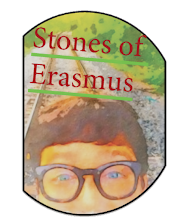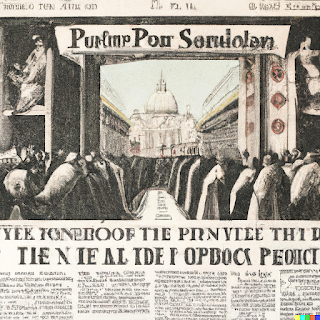Join me on a journey through time, appreciating a 16th-century Italian sculpture of the Christian martyr, Catherine of Alexandria, on display at the Metropolitan Museum of Art.
In the heart of New York City lies a treasure trove of artistic marvels — the Metropolitan Museum of Art. Today, my admiration was captured by an exquisite 16th-century Italian sculpture depicting Catherine of Alexandria, a revered Christian martyr from the third century.
The saint stands regal, and she has on her side the instrument of her martyrdom — a wheel in which she was tied to and tortured. But — wait, look at her feet — it is the head of the emperor. So — even in death, Christianity wins — for she has defeated paganism. What?!
The detailed portrayal of Saint Catherine evokes her timeless courage and spiritual strength. Originally from Egypt, Catherine's legacy extends beyond geographical and temporal boundaries, continuing to inspire individuals across centuries.
Each stroke, each detailed carving in this Italian masterpiece, resonates with the passion of an artist, reverently capturing the essence of the saint. It is a tangible connection to a time gone by, a bridge between the present and the past.
As I stood there, taking in the silent beauty of this sculpture, I couldn't help but wonder about the varied art forms that touch our hearts. What is your favorite work of art? In its many manifestations, art connects us, narrates past stories, and provokes introspection. Let's continue this journey of art appreciation together, exploring and rediscovering the relics of history.










